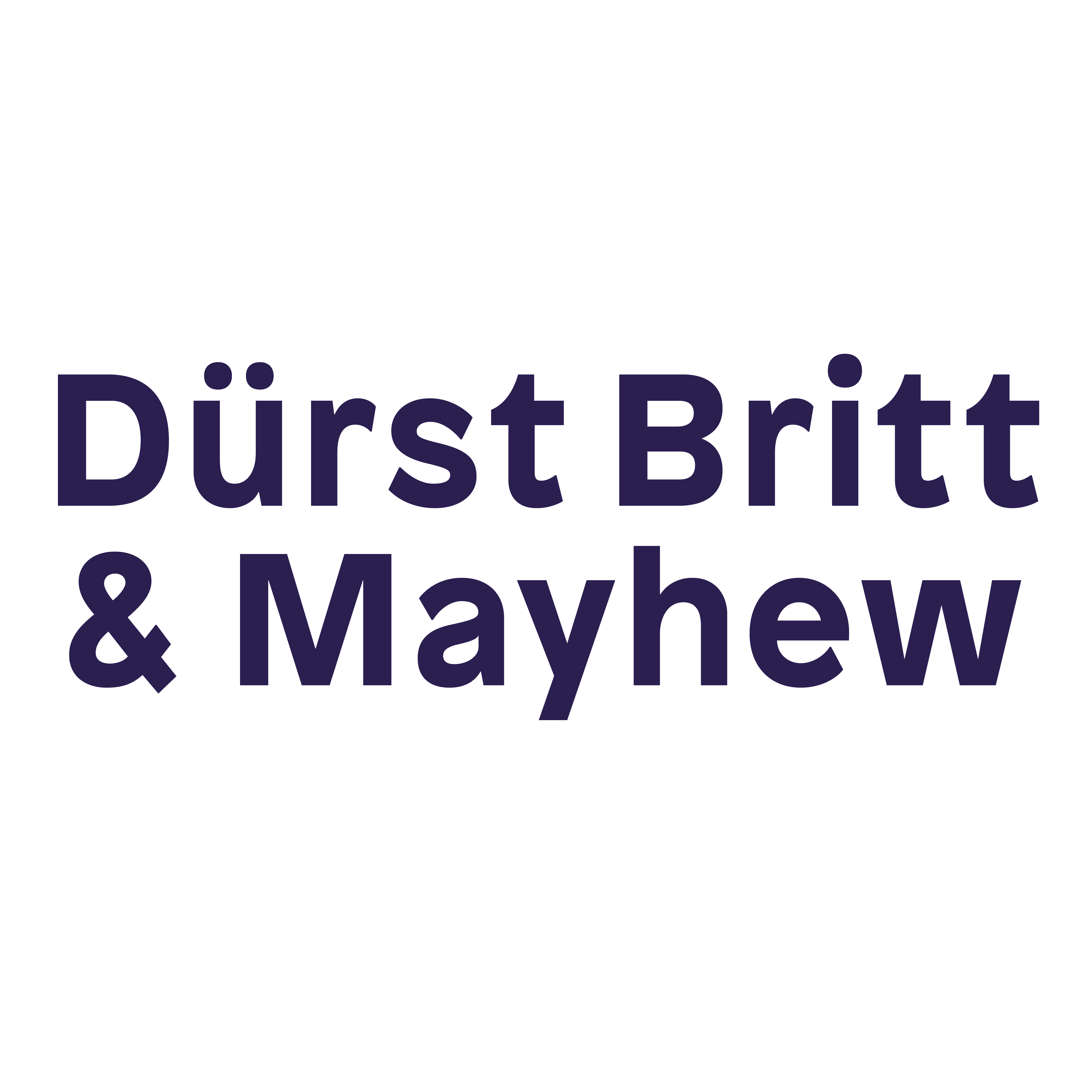Lennart Lahuis’ main artistic concern is the suspension of visual information. His deployment of very diverse materials and techniques results in works that seem to be in a constant state of transformation and try to slow down the immediate access to imagery and texts. For his latest works Lahuis appropriates a paper restoration technique, developed by the Anna Amalia Library in Weimar to repair centuries old, burnt books. The images Lahuis reproduces in this technique are a visual exploration into different forms of erosion. They constantly evoke a tension between integration versus disintegration and reflect on the preservation of cultural history. The works on view during Art Rotterdam show a series of nameless streets in Glasgow; the street name signs have been eroded by time and weather. At times the streets have been renamed and the signs visibly replaced before disappearing again, which seems to allude to the notion that erasing names from history is not merely reserved to humans, but is a natural state of affairs.
Lennart Lahuis (1986) received his BFA from Artez in Zwolle, after which he was a resident at de Ateliers in Amsterdam. He recently concluded residencies at the EKWC in Oisterwijk, the Glasgow Sculpture Studios and Banff Centre in Canada. Recent duo and solo exhibitions include Dead Seconds with Willem Oorebeek at Shanaynay in Paris and Navigation at Dürst Britt & Mayhew. Recent group exhibitions include A Minor State of Flux at Arti et Amicitiae, Amsterdam, Slow Works at Sydney Project Space in Australia and The Fortune Teller at Garage Rotterdam. In 2015 Lahuis won the Royal Award for Contemporary Painting as well as the Piket Art Prize. His work is held in private and public collections, including the Fries Museum in Leeuwarden, the ING Collection, the Akzo Nobel Art Foundation, the AMC collection and the In4Art collection. Lahuis will have his first museum solo show in the fall of 2018 at The Fries Museum in Leeuwarden.
Sybren Renema’s interest lies in all forms of human knowledge-production, with a particular liking for art, history, geographical exploration and the natural sciences. His work is often concerned with narratives of exploration and the sublime landscape, in which he focuses on the validity of Romantic clichés in the 21st century. He is active as an artist, writer and musician and his practice manifests itself in the form of videos, collages, neon-installations, digital prints and sculptures. The neon sculpture shown at Art Rotterdam quotes the famous British polar explorer Robert Falcon Scott (1868-1912). ‘Great God! This is an awful place’ are the words Scott wrote in his diary as he reached the South Pole and found it to have already been visited by a Norwegian expedition under Roald Amundsen. In 2017 this work was shown at the Antarctic Pavilion as part of the Venice Biennial. Accompanying the neon is a series of collages showing images of snowy mountains. Taken from old editions of National Geographic magazine, inhospitable areas turn into hallucinatory beauty.
After receiving his BFA from the Royal Academy of Art in The Hague Sybren Renema (1988) became the youngest MFA student to ever enroll at the Glasgow School of Art. He recently concluded residencies at Land Art Mongolia and the EKWC in Oisterwijk. Recent solo exhibitions include The Harvest of Leisure at Cydonia, Dallas, The Milk of Paradise at Dürst Britt & Mayhew and Pleasures of a Grave Desire at CCA Glasgow. Recent group exhibitions include Nightfall at Musée Rath in Geneva, Switzerland and Palinsestri at Palazzo Andrea Dori in Genoa, Italy. Renema’s work has been discussed in Artforum and various other international publications. His work is held in private and public collections, including the Fries Museum in Leeuwarden, the AMC Collection and the In4Art collection. In 2018 he will have a solo exhibition at Leto Gallery in Warsaw, Poland.



